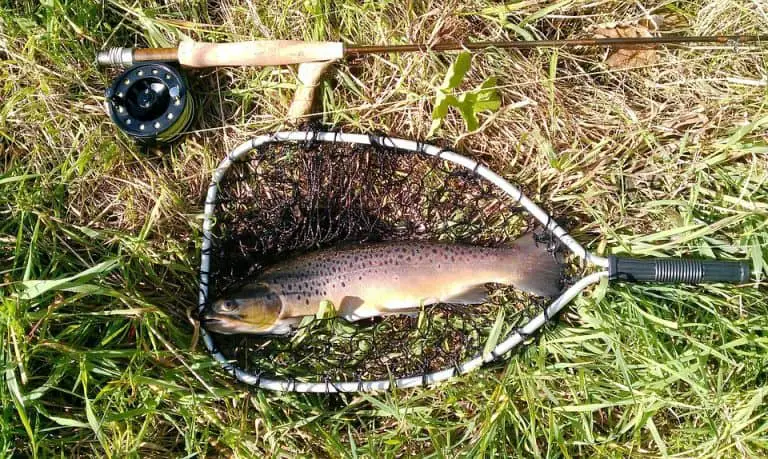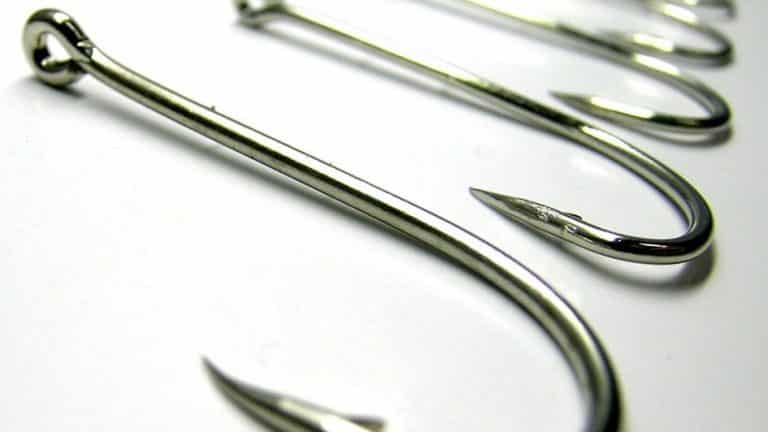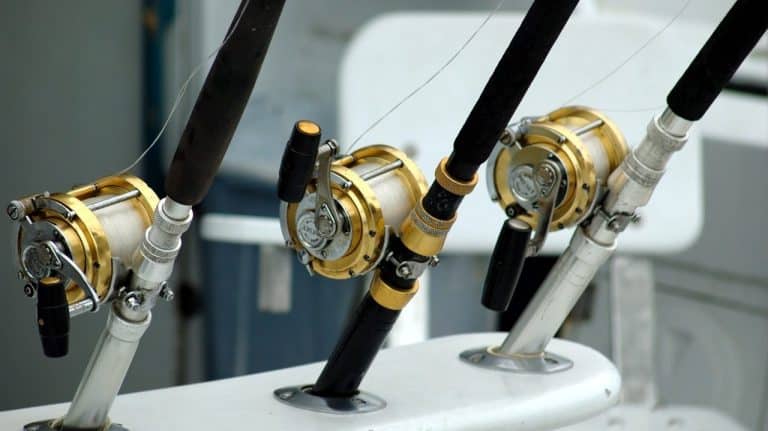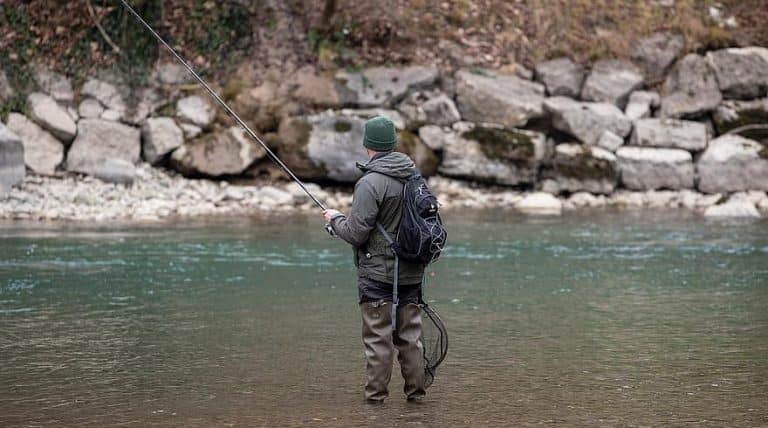Level Wind Reel vs. Baitcaster
The difference between using a level wind reel and using a baitcaster comes mostly down to the weight and roughness of your line.
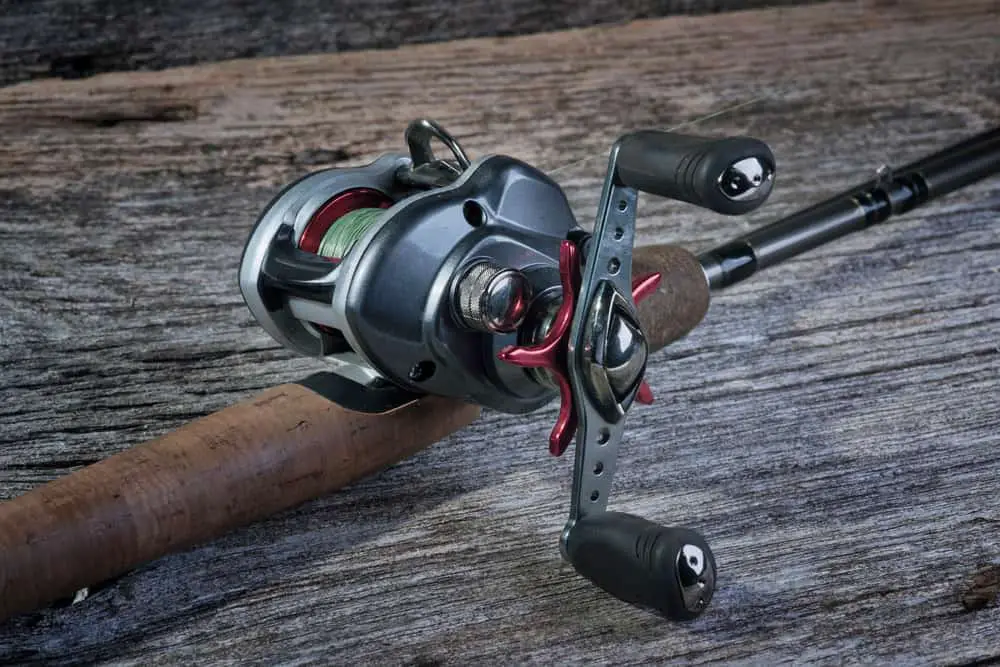
With lighter, thinner, no-stretch lines, the level wind reel will be kinder to you – heavier lines have an irritating habit of coiling off the spool and giving you an extra headache you don’t need.
It’s true too that level wind reels will take less practice and ultimately less effort to use than standard baitcasters.
With those standard baitcasters, even longstanding fishers have to go in assuming they’ll be picking the ever-living daylights out of at least a couple of birdnest tangles, whereas – if you do it right – you should cut that certainty down to a straightforward possibility with a level wind reel (again, assuming you use the lighter, braided or fused lines).
That said, you always have to watch a level wind reel, and occasionally fight it, because even though the reel sits on top of the rod, gravity – and the natural orneriness of reels – is constantly trying to flip it on you.
If you keep the reel elevated, which can develop something surprisingly like toothache in your arm, wrist, and hand after a while, you can fight that flip, but then you lose some of the sensitivity to bites that are one of the level wind reel’s bonus features.
If you prefer to fish with heavier monofilament or fluorocarbon lines – you’re going to be better advised to go with a baitcaster. Again, if you try to use heavier lines on a level wind reel, you’re likely to end up with coiling off the spool, and nobody needs that hassle.
Talking of avoiding hassle, a baitcaster means you also eliminate the risk of line twist (which you can get on a level wind reel).
If you’re using harder-pulling, heavier-torque lures – go baitcaster. If you want a longer living reel overall, you’re probably looking at a baitcaster too, as they tend to outlast level wind reels of a similar price and quality.
There’s also a neat control factor with baitcasters that can give you much easier accuracy for small, relatively distant target fish like bass.
The simple process of aiming long and applying pressure, through your thumb, to the line lets you drop the line with greater precision, certainly than beginners with a level wind reel.
It’s maybe a little simplistic to break it down like this, but if you’re going to fish heavy test lines, or you’re going to be pulling fish out of heavy cover – a baitcaster is your friend.
If you’re looking at using light-to-moderate lines, you’re going to get more value and less hassle out of using the level wind reel. If you’re going to use a level wind reel for anything more than a 10-pound test, save yourself some hassle and heartbreak and go with a no-stretch line.
Can you cast with a level wind reel?
Yes, you can. There’s something like a legend among fishers that you can’t cast with a level wind reel. However, this is exactly what it is – a legend.
To cast with a level wind reel, all you need to do is to avoid backlash (the main reason people say this is not a casting reel). is to put your thumb on the reel as you spool.
Then, just before your line hits the water, press down on the spool. The result will be a cast that stays where you’ve placed it, and gives you no backlash, because you’re essentially trapping the spool, stopping the line being able to lash back at you.
It also helps if you use the correct settings on a level wind reel, to avoid both backlash and birdnesting.
This combination – backlash and birdnesting (where the line ends up looking like a… well, you get the picture) is not by any means easy or straightforward to avoid, which is why the myth of it being impossible to cast with a level wind reel persists.
However, it’s perfectly possible, it just takes a little practice, and accepting the fact that you’re going to get it wrong a good few times, and sacrifice some line to the whole birdnesting phenomenon before you get it perfect every time.
Are level wind reels good?
The answer to this question depends on several factors about the kind of fishing you want to do.
Level wind reels include a moving line guide with a pawl that runs back and forth across the front of the reel. As the line comes back onto the reel, the guide makes sure your line is evenly distributed onto the spool.
That means you don’t have to take care of line distribution for yourself – which can be a definite bonus.
On the other hand, level wind reels are vulnerable to damage by sand. The more complex the apparatus, the more ways and opportunities it has to go wrong – which is something to think about. Some anglers also believe the level wind guide can adversely affect their casting.
Essentially, level wind reels are better with lighter, thinner, no-stretch lines. If you’re going to fish with heavier lines, go with a baitcaster over your level wind reel, it will give you less hassle.
What does level wind reel mean?
Level wind gizmos make sure that your line wraps evenly onto your spool, without any of the potential bunching or building up which can stop the reel from spinning and turn your casting into an embarrassing Youtube video.
If you don’t have a level wind mechanism, you have to guide the line back and forth with your thumb. With a level wind – job done, no stress, just cast that thing.
It’s much better to use lighter, thinner, no-stretch lines with a level wind reel, because using heavier monofilament lines on a level wind reel is likely to give you coiling off the spool, which is nobody’s idea of a good day’s fishing.
Some anglers believe level wind reels give them shorter casts, due to added friction on the line when they cast. But if you want to focus more on the fish than on the line, level wind reels could be the choice for you.

